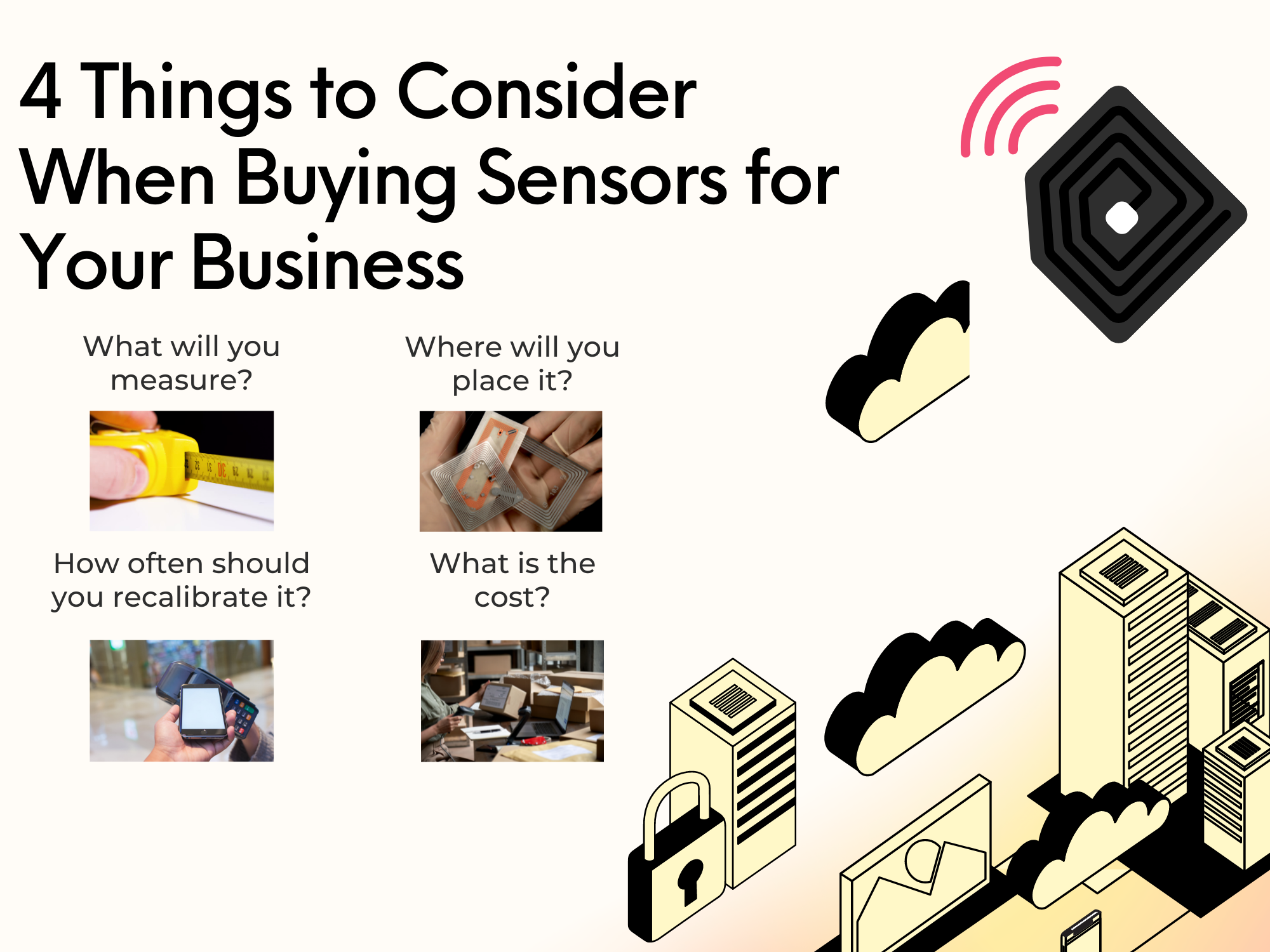Answer These 4 Essential Questions Before Buying Sensors for Your RFID System

Using sensors for your RFID system can increase the accuracy of the data transmission. However, it is essential to review what exactly will you be using it for? Here are four questions you need to know when buying sensors, such as a rotary encoder.
What will you measure?
Before getting your hands on laser sensors, you need to know what exactly will you be measuring. Figuring the answer to this question helps the manufacturer suggest products that will help your business. While it might be counterintuitive, the purpose of this question is for you to narrow down your options to those relevant to your needs.
Where will you place it?
The location you plan on placing a, for example, capacitive proximity sensor dictates the price and quality of the product. Sensors with less durability cannot be in areas prone to damage. Likewise, it isn’t wise to spend on equipment built for harsh conditions when placing it in a relatively safe location.
How often should you recalibrate it?
Depending on what kind of vision sensor you have, the frequency of recalibrating it may differ. Manufacturers may either give a timeline or give you outputs you should expect to determine if it is necessary to recalibrate it. Ask them for more information on the recommended interval.
What is the cost?
You may want the best acceleration sensor for your business. However, there are more things you need to consider aside from the monetary cost. Is the price reasonable given your need? Does highly accurate data outweigh the expense? These are some of the secondary questions you need to ask yourself before purchasing sensors.
If you’re looking for a reliable manufacturer to get the equipment necessary for your RFID system, visit Pepperl+Fuchs Asia for more information on their products, such as laser sensors.



